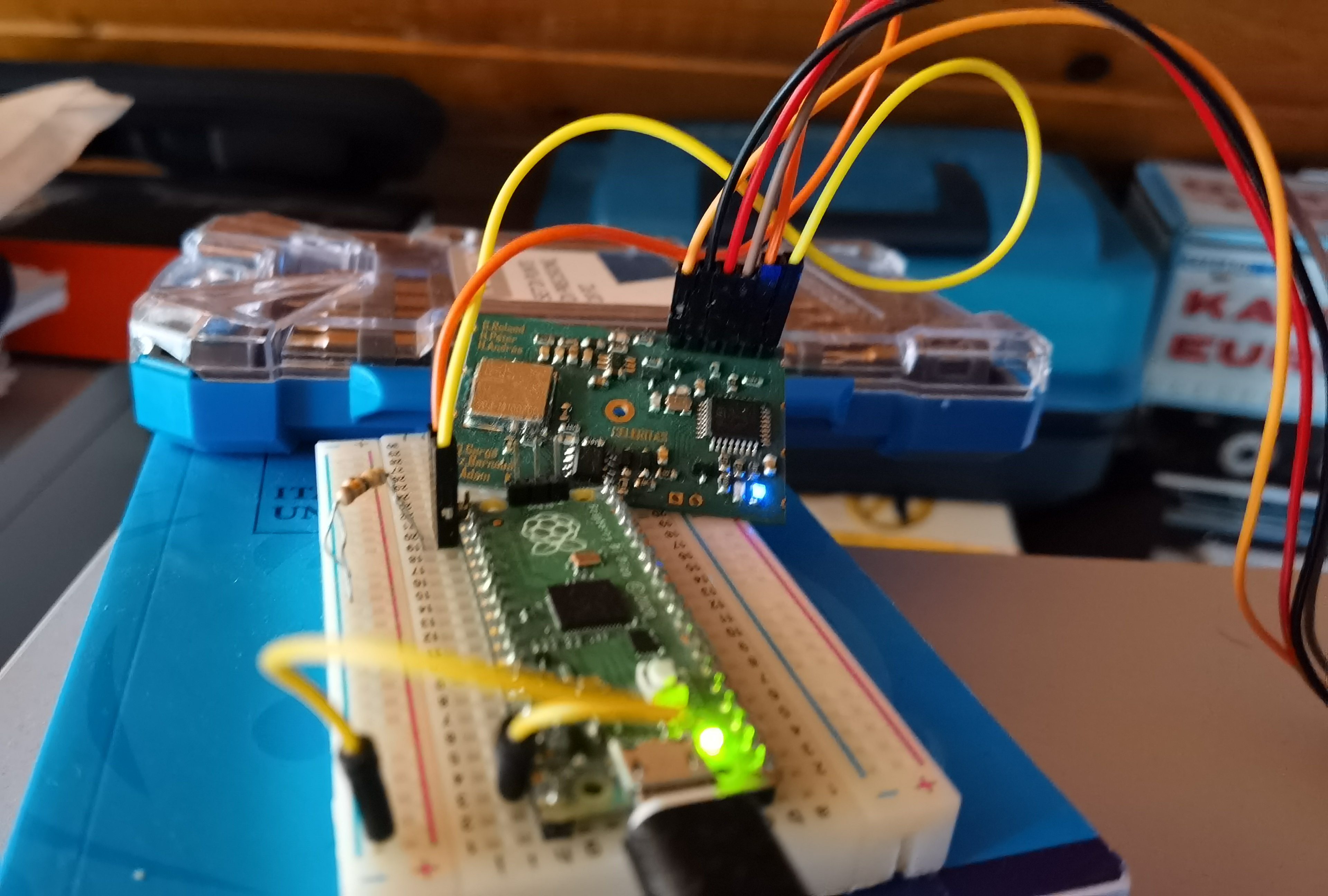CanSat Hungary 2024
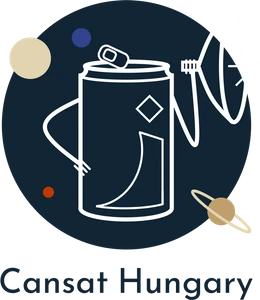
The CanSat Hungary 2024 is a competition supported by the European Space Agency (ESA) with the aim of developing a satellite simulation the size of a soda can.
The team
Our team, Kollégium Spae Agency (KSA), is a 4-member delegation.
Our leader, Roland, has already participated in the 2023 competition, where they just missed the final.
In this competition, he participated as a leader and as a hardware designer.
Zétény, as a 3D printing expert, made the frame.
Andriss and I programmed: he the probe, me the ground data processing.
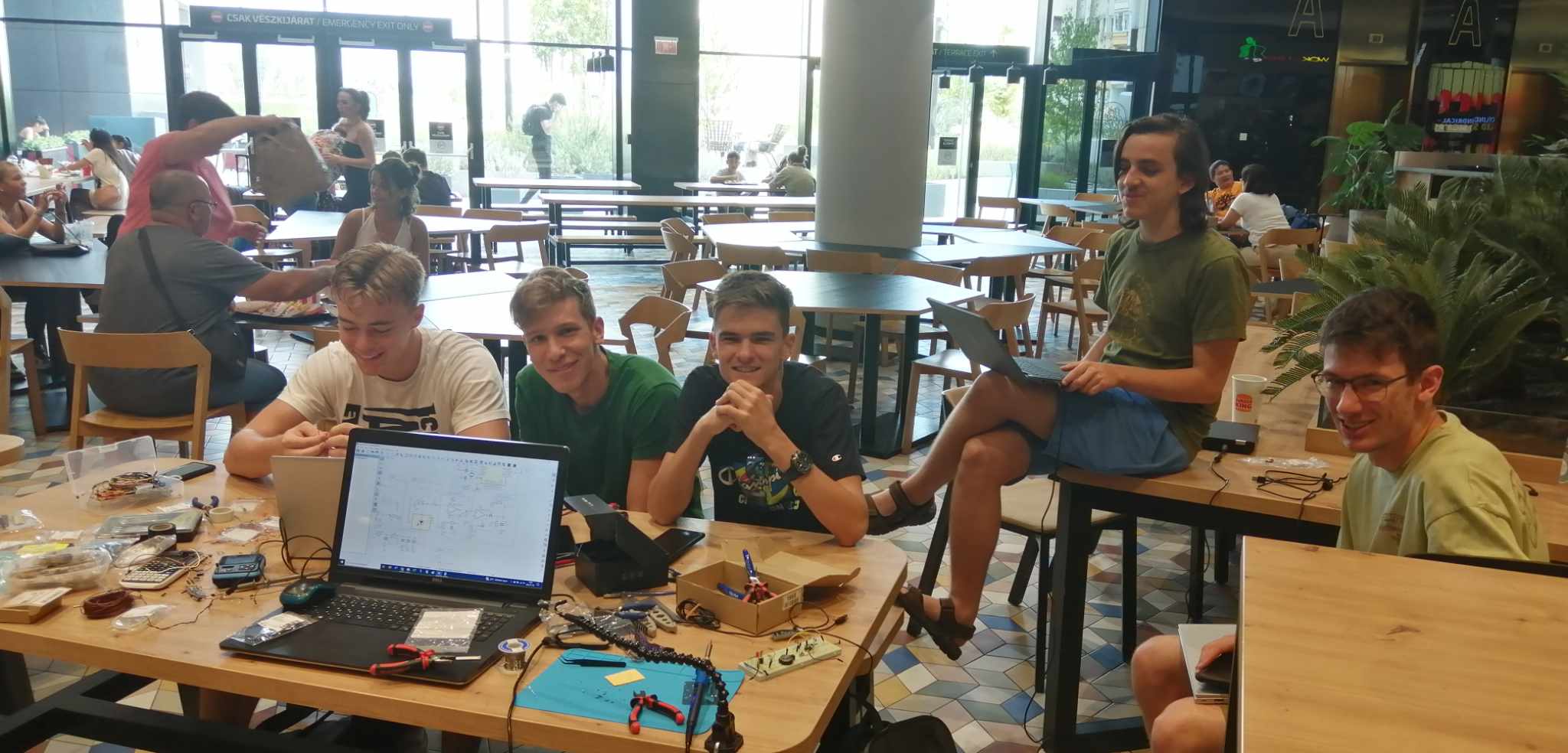
Don Compagne
Don Compagne, our CanSat, is a small device with a 66mm diameter, 115mm height, and 315g weight
(its name comes from the sentence “Don’t compile”).
Beside of CanSat’s mandatory missions (measuring air pressure and temperature and sending all data via radio)
our goal was to determine the satellite’s orbit by the data of acceleration and magnetic field.
This was only partially successful, but the theoretical background and the idea were appreciated by many.
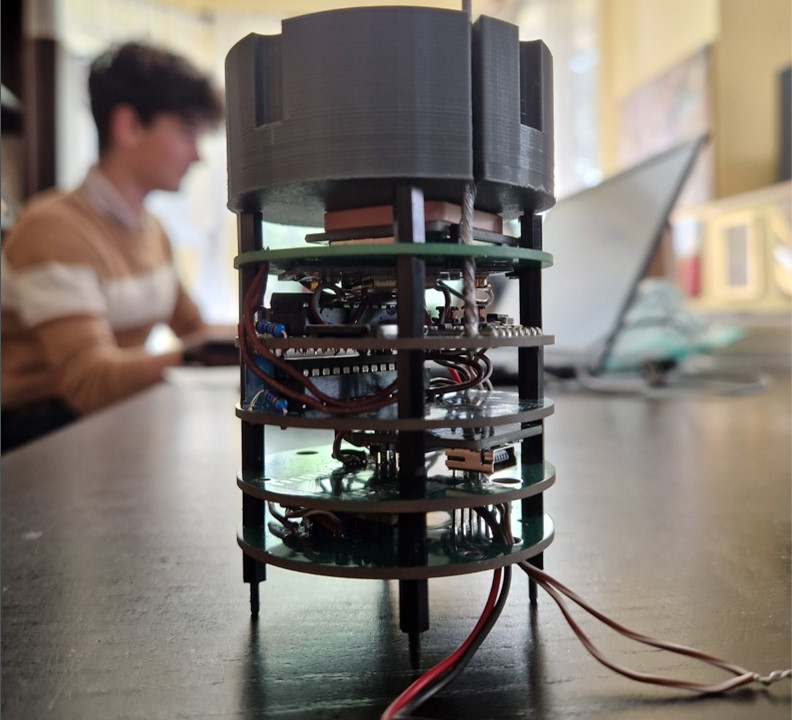
KSAgent
KSAgent is the data processing system of Don Compagne. The program was written in Python and was capable of
receiving and processing data in real-time. Our calculation engine was Discalculia (yes, we know), which was able to
process the results in several different steps. The data was also displayed on a graphical interface, which
was based on the Python Tkinter module. The program didn’t run very well and Python wasn’t the best choice
because the Tkinter module wasn’t fast enough for real-time data processing and we had trouble with the language.
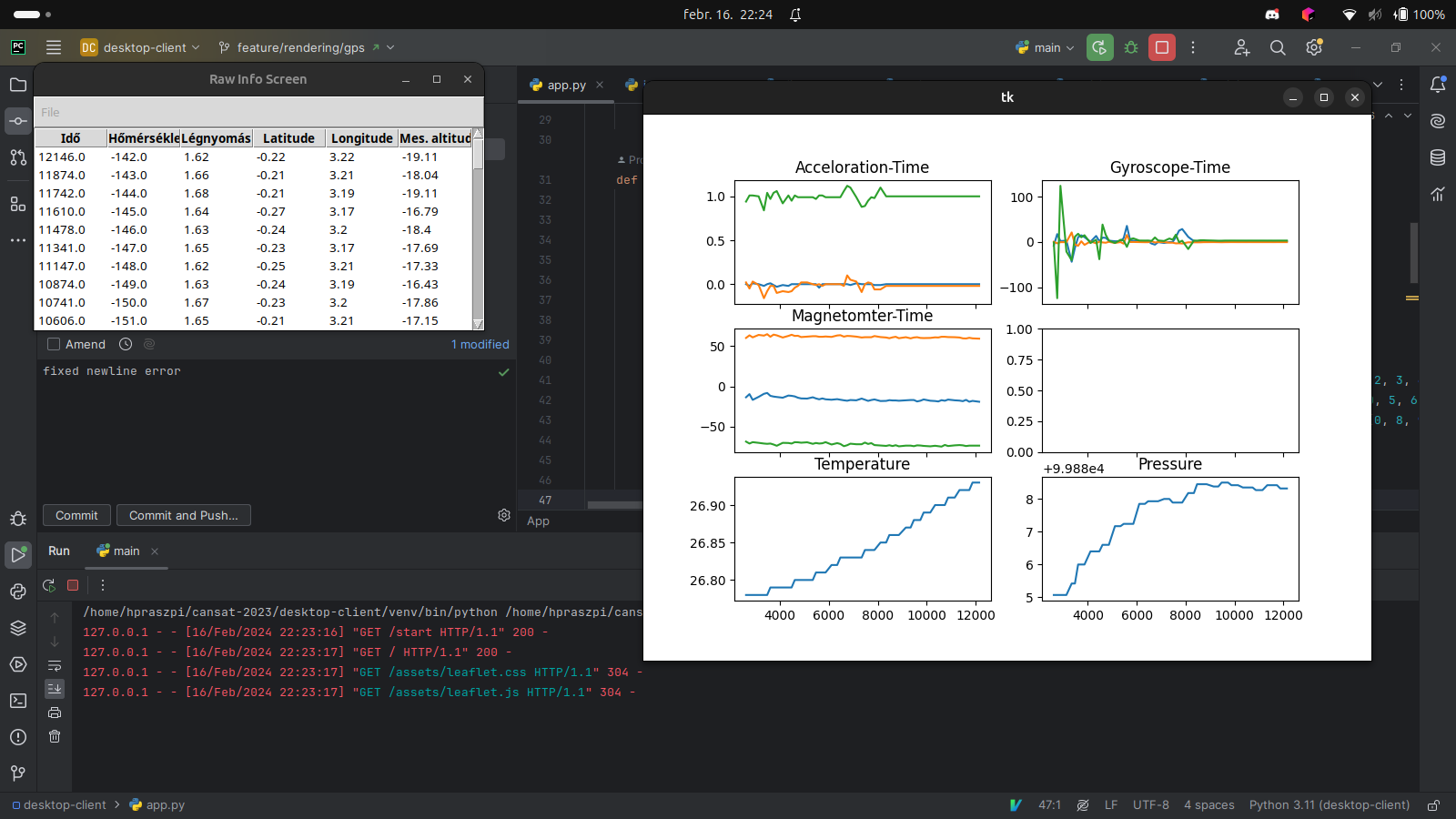
3... 2... 1... Fire!
The competition required us to prove the project’s “airworthiness” through several rounds. For this, we had to prepare
several documentation in Hungarian and English. During the PDR (Preliminary Design Review), we had to present the idea,
during the CDR (Critical Design Review) we had to present specific tests and a nearly final product,
and during the PLR (Preliminary Launch Review) we had to present the final hardware.
We successfully completed this stage of the competition and made it to the final.
There the Don Compagne successfully launched, but at 1km altitude, our parachute broke and the CanSat free-fell
to the ground. But we survived! The next day we had to present our results in front of a professional jury.
Finally, we received a special award for the theory of our mission.
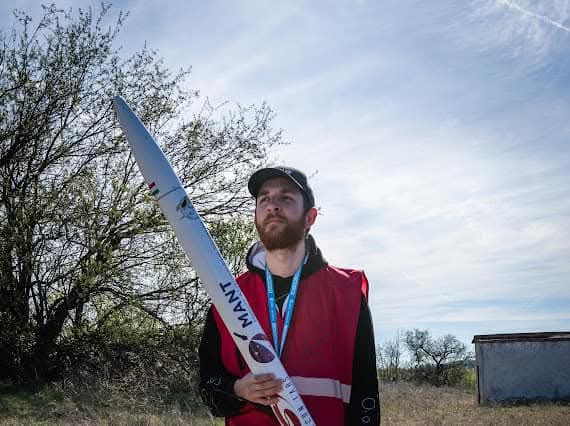
To be continued...
Our participation in the final gave us something more. The Budapest University of Technology and Economics offered us
to design a small experiment for their Hunity (NMHH-1) satellite, which will be launched in the last quarter of 2025.
